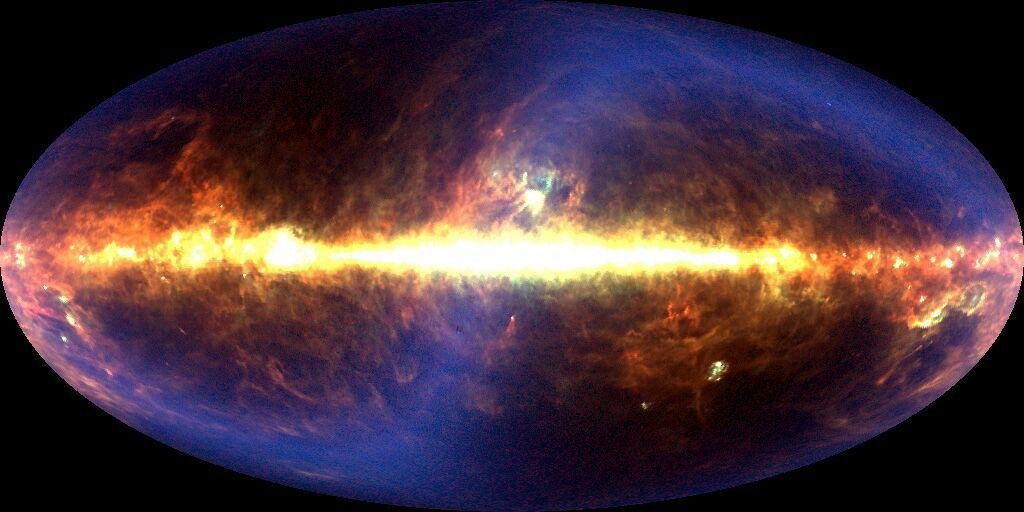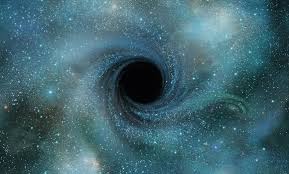Since the dawn of humanity, the universe and its mysteries have captivated curious minds. With the advancement of technology, we have managed to unravel some of these secrets, and among the most fascinating is the cosmic background radiation. This phenomenon, which illuminates our universe in a unique and unmistakable way, has become a topic of great interest to scientists and space enthusiasts.
In this article, we'll delve into this intriguing phenomenon. We'll delve into the science behind cosmic background radiation, explore how it was discovered, and the implications of its existence. We'll also discuss the latest theories and discoveries related to this mysterious glow that permeates our universe.
Thus, this content promises to be a comprehensive guide for those seeking to understand the mysteries of the universe. By exploring the cosmic background radiation, we can better understand the cosmos in which we live. Don't miss the opportunity to immerse yourself in the fascinating world of astrophysics and discover the secrets the universe is ready to reveal. 🌌🔭✨

Understanding Fundo Cosmic Radiation
The Cosmic Background Radiation (CFR), or remanescent echo of the Big Bang, hides many secrets about the universe. This phenomenon is a form of infravermelha light that permeates the entire universe and is practically uniform in all directions.
The FCR emerged 380,000 years after the Big Bang, when the universe cooled enough for atoms to form. At this point, light could travel freely through space for the first time.
One of the most intriguing aspects of the RCF is its uniformity. Although there are small fluctuations in the intensity of the RCF, they are extremely small. This suggests that the early universe was incredibly hot and dense, and that it expanded very rapidly in an event known as cosmic inflation.

Detecting RCF
Detecting RFF requires specialized technology. The first discovery of RFF was made by accident in 1964 by astronomers Arno Penzias and Robert Wilson, who were using a radio antenna to search for microwave signals. They noticed a constant “noise,” no matter which direction they pointed the antenna. It was later realized that this noise was actually RFF.
Since then, space telescopes have provided an even more detailed view of the RCF. Satellites such as the Cosmic Microwave Background Observatory (WMAP) and Planck have mapped the RCF in detail, revealing subtle fluctuations that give us clues about the structure and early evolution of the universe.
Interpreting RCF fluctuations
Fluctuations in the intensity of the RCF are the imprint of density fluctuations in the early universe. These density fluctuations were the seeds of the galaxies and galaxy clusters we see today. Therefore, by studying the RCF, we can learn about how large-scale structures in the universe formed.
Furthermore, RCF fluctuations can tell us something about the nature of dark matter and dark energy, two of the greatest mysteries in cosmology today. The distribution and evolution of these density fluctuations depend on the amount and properties of dark matter and dark energy in the universe.
The future of RFL study
Although we've learned a lot about the FCR in recent decades, there are still many mysteries to be solved. For example, we still don't fully understand the process of cosmic inflation that is thought to have given rise to the FCR's uniformity. There are also some aspects of the FCR that don't fit current theories, suggesting that our understanding of the early universe may need to be revised.
The study of the RCF will remain a key part of cosmology in the future. Future telescopes and satellites are expected to provide even more details about the RCF, helping us unravel the secrets of the early history of the universe.
References:
- WMAP Science Team. “Nine-Year Wilkinson Microwave Anisotropy Probe (WMAP) Observations: Cosmological Parameter Results.” The Astrophysical Journal Supplement Series, vol. 208, no. 2, 2013, p. 19.
- Planck Collaboration. “Planck 2018 results. VI. Cosmological parameters.” Astronomy & Astrophysics, vol. 641, 2020, A6.
Conclusion
In short, the mystery of the cosmic background radiation provides us with a unique window into the beginnings and evolution of the universe. This afterglow of the Big Bang is essential to understanding our existence and the cosmic mystery that surrounds us. Its study has revealed important secrets of the universe, such as the abundance of helium and the distribution of dark matter.
It's important to emphasize that cosmic background radiation is a constant, ubiquitous phenomenon, and therefore essential to cosmology. Ultimately, it provides us with a map of the infancy of the universe, and each new discovery provides significant clues about how the cosmos formed and how it might evolve.
Despite what we've learned, the cosmic background radiation still holds many secrets to reveal. Future technological advances could allow us to unravel more mysteries and deepen our understanding of the universe. Undoubtedly, the fascination with outer space will continue to drive scientific research, allowing us to continue unraveling the shroud of mystery surrounding the cosmos. Ultimately, the cosmic background radiation is the gift that keeps on giving, lighting the way to new frontiers in our understanding of the universe.



